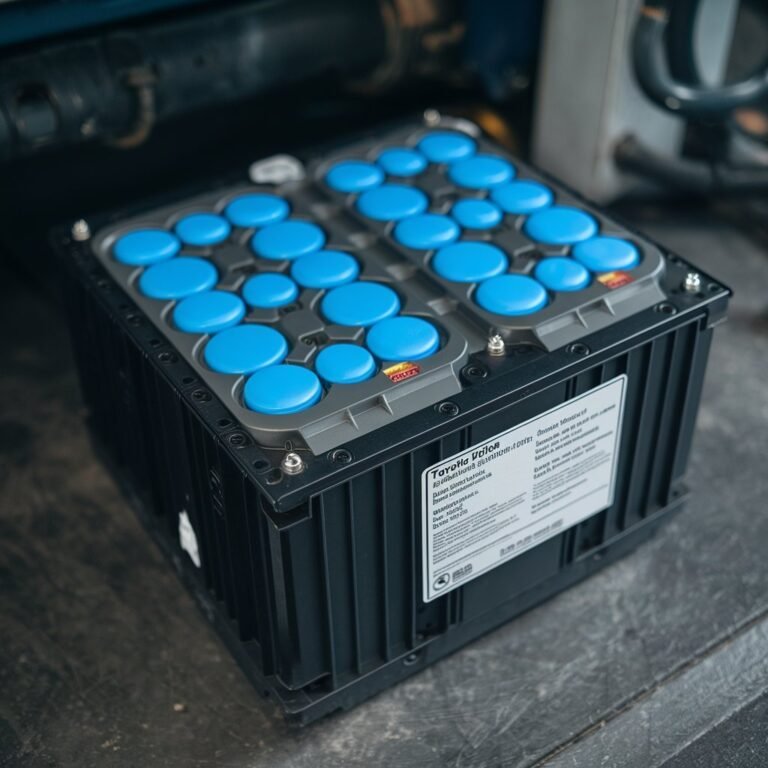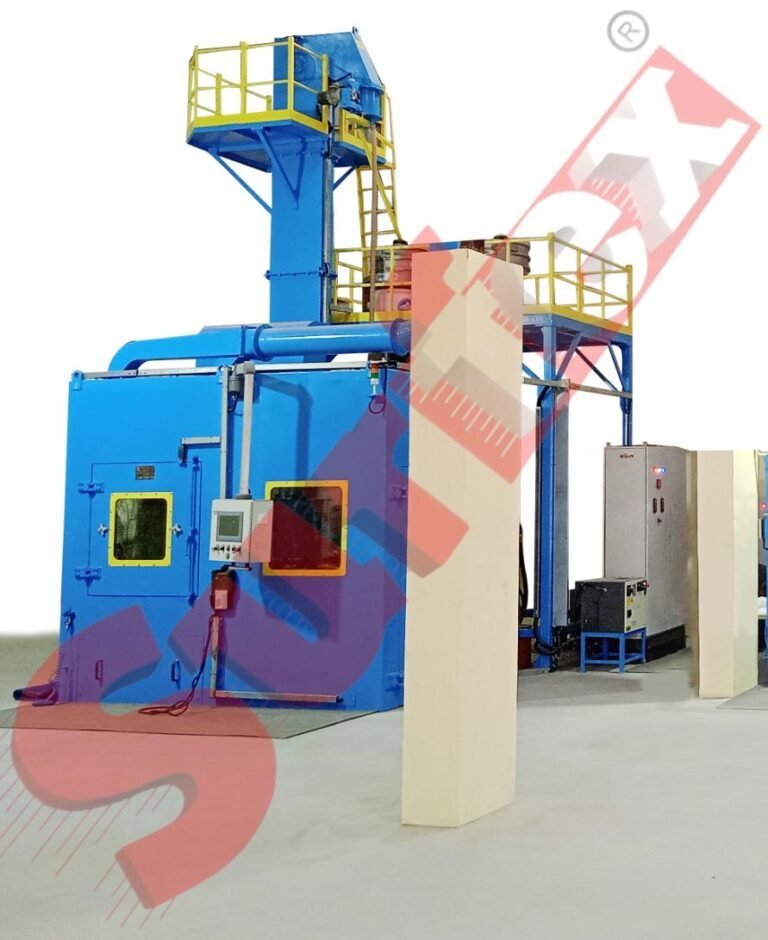Navigating the landscape of superannuation, also known as the Provident Fund (PF) pension scheme in India, can be complex. However, understanding the contributions made by both employers and employees is crucial for anyone involved in such financial planning. This article will delve into the intricacies of superannuation contributions, focusing on who contributes and how much.
Overview of Superannuation and PF Pension Scheme
Superannuation is a retirement benefit offered by employers to their employees, providing financial security post-retirement. In India, the Employee Provident Fund (EPF), part of the broader PF pension scheme, is one of the most common superannuation plans. It is a government-backed, mandatory savings plan for employees in which both employees and employers contribute a portion of the employee’s salary every month. The contributions are deposited into the employee’s PF account, accumulating interest over time.
Employer Contributions
Under the Employees’ Provident Fund and Miscellaneous Provisions Act, 1952, employers are bound to contribute to their employees’ superannuation. Specifically, they are required to contribute 12% of the employee’s basic salary and dearness allowance to the EPF. Here, the term ‘basic salary’ refers to the fixed portion of the salary before any deductions or additions.
For instance, if an employee’s basic salary is ₹30,000 per month, the employer’s contribution to the EPF would be:
[ text{Employer Contribution} = 30,000 times 0.12 = ₹3,600 ]
This amount goes into the employee’s EPF account, ensuring systematic savings towards retirement. It’s important to note that from this 12% contribution, 8.33% is directed towards the Employee Pension Scheme (EPS), but only up to a maximum of ₹1,250 per month. The remaining amount is contributed to the EPF.
Employee Contributions
Similarly, employees are also required to contribute 12% of their basic salary and dearness allowance to the EPF. Unlike the employer’s contribution, the entire 12% of the employee’s contribution goes directly into their EPF account.
Following the earlier example, if the employee’s basic salary is ₹30,000 per month, the employee’s contribution would amount to:
[ text{Employee Contribution} = 30,000 times 0.12 = ₹3,600 ]
Hence, both employer and employee contribute an equal percentage of the basic salary to the superannuation fund, making a combined monthly contribution of ₹7,200 in this particular instance.
Interest and Returns
The interest rate on EPF is declared annually by the Employees’ Provident Fund Organisation (EPFO). For fiscal year 2021-2022, it was set at 8.1%. The interest is compounded annually and added to the total balance of the account, thus helping the corpus grow over the years. Assuming a consistent contribution and no withdrawal, the compounding returns can create a significant corpus until the employee retires.
Tax Implications
The employee’s contribution to the EPF is eligible for tax deduction under Section 80C of the Income Tax Act, subject to a maximum limit of ₹1.5 lakh. The interest earned as well as the amount invested is generally tax-less at the time of withdrawal under specified conditions, thus providing a substantial tax benefit over the investment period.
Superannuation vs PF Pension Scheme
While superannuation is often interchangeably used with the PF pension scheme, it’s essential to distinguish between the two. The PF pension scheme specifically refers to the retirement benefits managed under EPFO regulations, while superannuation can include other retirement plans offered by employers, such as the National Pension System (NPS) or private pension plans.
Calculating Retirement Corpus
If an individual begins contributing to their EPF account at the age of 25, with a basic salary of ₹30,000, and continues till the age of 60, assuming a constant salary and no premature withdrawals, the accumulated amount can be calculated as follows:
Monthly Contribution by Employer and Employee = ₹7,200
Annual Contribution = ₹7,200 times 12 = ₹86,400
Using the formula for compound interest, where the principal amounts to ₹86,400 every year for 35 years, and the rate of interest is 8.1%:
[ A = P left(1 + frac{r}{n}right)^{nt} ]
Where:
– A is the amount of money accumulated after n years, including interest.
– P is the principal amount (initial deposit).
– r is the annual interest rate (decimal).
– n is the number of times that interest is compounded per unit year.
– t is the time the money is invested for in years.
The above is a simplification since contributions would continue yearly and interest rates might change, but mathematically, this approach gives an idea of how the fund grows.
Plan Your Retirement with Superannuation Investments
Secure your future with superannuation investments using an online investment app. Manage your pension funds, track contributions, and ensure a stable post-retirement life. Get access to expert insights, tax benefits, and seamless withdrawals. Start planning today and enjoy a financially independent retirement!
Conclusion
Superannuation contributions from employer and employee are pivotal in building a corpus for a financially secure retirement. The PF pension scheme serves as an effective retirement planning tool, offering a mix of mandatory savings and tax benefits, ensuring long-term financial health for employees in India. However, the effectiveness of the scheme depends on the adherence to the plan and the consistency in contributions.
Summary
In India, the superannuation system, particularly the PF pension scheme, involves contributions from both employers and employees. Each contributes 12% of the employee’s basic salary towards the EPF, with the employer’s share also partially funding the EPS. These contributions, compounded annually with attractive interest rates set by EPFO, contribute significantly to retirement savings. Understanding these contributions and their tax benefits is crucial for effective retirement planning. Disclaimer: Investors are advised to evaluate all potentials of the Indian financial market before making any financial commitments.

































































































































































































































































































































































































































































































































































































































































































































































































































































































































































































































